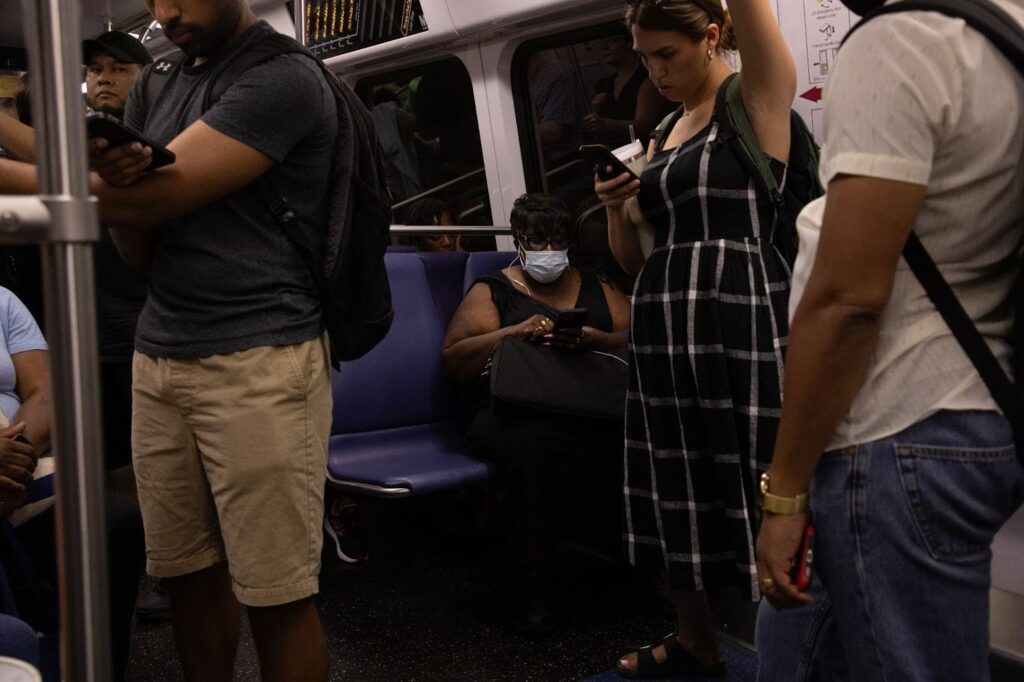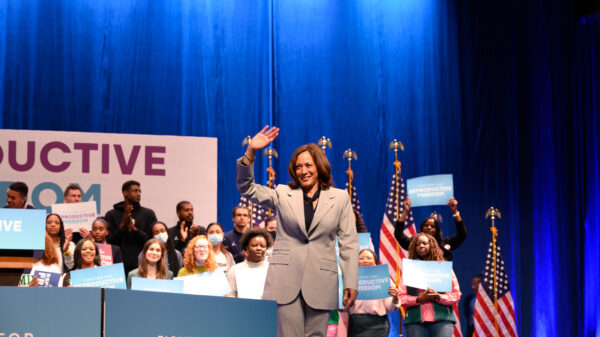
In the turbulence of a post-COVID economy, inflation is a key force when it comes to shaping how the world runs. College students especially have been affected by rising prices, which influence their daily needs and their access to education. The management of the entire process is undertaken through monetary policies by the central banks, and for the U.S., it’s the Federal Reserve.
There is an intricate interconnection between inflation, the Federal Reserve, and college students. While these conversations seem more fitting inside an Economics 101 classroom, these seemingly complex connections are, in reality, crucial factors shaping the American dream for students – affecting tuition, credit card debt, and career paths.
The Fed acts as a maestro when it comes to monetary policy, banking systems, and money supply, and they have the responsibility to control inflation, making sure that the purchasing power of money doesn’t plummet, making it harder to afford goods and services, as explained by the Federal Bank of San Francisco.
The responsibility of the Fed to ensure the stability of the purchasing power of the fiat currency is crucial for college students as effective monetary policies mean lower interest rates on student loans, a better job market with a more affordable college education.
With college tuition rising every year for college students with no equivalent increase in financial aid, many students say they have struggled to pay for college compared to the last academic year.
Bijay Pandey, a sophomore computer science major at Howard from Nepal affirmed that the cost of living while trying to complete a degree is a consistent challenge.
“Trying to make ends meet seems like the biggest hurdle as a college student – grocery bills keep going up, finding affordable housing is a struggle, especially in D.C., it is almost impossible and the job market is beyond stressful even as I work towards a degree,” he said.
The American dream seems to be drifting farther away as these everyday essentials become harder to afford, and the dream of stability seems out of reach. Graduates who have dared to venture out and start small businesses have also found little success as core operating, service, and production costs have risen, along with the prime rate for business loans tripling since Biden took office.
With the upcoming elections, people have been voicing out their concerns regarding policies during the Biden Administration, with rising gas prices, and a doubled mortgage rate, struggling college students don’t seem to see a way out even if they do find a stable job in this competitive economy.
According to a study by economist Casey Mulligan, comparing the Obama, Trump, and Biden administrations, policies during the Biden Administration have cost each household up to $1,300 more than the Obama administration.
A significant feature of the Federal Reserve is that it acts as an independent entity meaning that it operates independently of political influence, ultimately, making citizens unable to directly affect monetary policies according to their needs.
While having the central bank be an independent entity means that it can work freely from short-term political pressure, the leadership within the reserve is still elected by the President and the Senate, making the leaders we choose accountable to our monetary policies.
This lack of direct accountability can be particularly concerning for college students facing the burden of rising tuition costs and student loan debt and make them feel helpless when it comes to directly being able to influence the fed.
We must understand that the effects of monetary and fiscal policies go beyond just macroeconomic landscapes, they affect the intricacies of our lives.
Interest rates on student loans are influenced by the central bank’s decisions, impacting the affordability of higher education for students and their families. Lower inflation rates help maintain the purchasing power of money, making it easier for students to afford goods and services without experiencing a rapid increase in prices.
This, in turn, contributes to a more stable and predictable financial environment for college students. Fiscal policies affect taxation, educational funding including financial aid, and the overall cost of living.
Dr. Daniel Villar, an economist in the research and statistics division of the Federal Reserve Board, who is currently on sabbatical at Howard for the spring semester said, “The Fed is aiming for maximum employment and stable prices, which generally means that inflation is low, around 2 percent per year.”
“An economy with maximum employment and stable prices is good for everyone, and of course, this applies to college students,” he said in an email to The Hilltop. “If unemployment is low, students are more likely to be able to find jobs, especially good jobs, either after they graduate or even while they are still in school.”
He also added, indicating that these views are his and do not reflect the Fed’s opinion or perspective on the matter, “During periods of low unemployment, wages tend to increase. Research indicates that students graduating during a recession, characterized by high unemployment, often face considerably lower long-term earnings compared to those graduating in a strong labor market.”
Hence, the central bank’s role in shaping job market conditions is of immense significance to college graduates. Policies that support economic growth contribute to a healthier job market, offering more opportunities for students to secure employment after graduation.
One glaring criticism centers around the Federal Reserve’s role in exacerbating income inequality. Policies like low-interest rates and quantitative easing, implemented in the aftermath of the 2008 financial crisis, have been seen as favoring the wealthy.
The aftermath of the crisis saw a massive bailout of financial institutions, but the impacts on everyday Americans, including college students, were not as prominently addressed. It raises the question of whether the Fed’s strategies inadvertently contribute to a growing wealth gap, leaving students and those with lower incomes disadvantaged.
To address the challenges posed by these economic policies, collective advocacy and informed engagement become imperative, a rise in student leaders and a voice for the next working generation is extremely important as the working class seems to be the one getting tangled in the intricacies of these policies.
Villar also added, “Rapid price increases in recent years have unevenly affected people, with expenses like groceries and rent seeing higher inflation rates, impacting those who allocate more income to these necessities.
“This can be challenging for college students planning to rent post-graduation,” he continued. “Thankfully, in line with the Fed’s objectives, inflation has been decreasing, including in specific categories like groceries and rent.”
Under these extraneous circumstances, we don’t only need a call for awareness but a plea for active participation in shaping policies that foster inclusivity and equal opportunities, especially for marginalized communities that are already struggling to build bridges to access the American dream.
As college students, we face the burden of rising costs and economic uncertainties. There is a shared responsibility to voice concerns, propose solutions, and advocate for policies that bridge disparities.
In navigating this intricate economic landscape, students can empower themselves by staying informed, participating in discussions, and advocating for policy changes that prioritize accessible and affordable education.
By engaging with local and national initiatives, joining student organizations focused on public policies, and participating in community dialogues, students can contribute to a more equitable economic environment.
The American dream, while elusive, remains within our reach if approached with collective awareness and proactive engagement.
Copy edited by Alana Matthew









